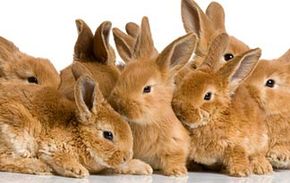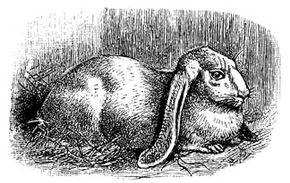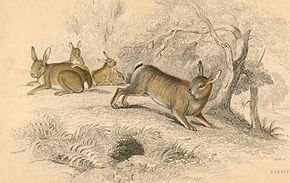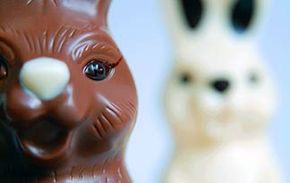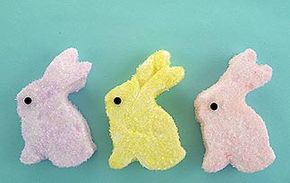
Each spring, people throughout the world celebrate Easter. Many spend it painting or hunting for eggs and eating chocolate bunnies. Often, children will even flock to their local malls to meet and take pictures with the biggest bunny of all, the Easter Bunny. But how did a giant bunny even become one of the most recognizable symbols of Easter? Here are the top five reasons why we celebrate Easter with a bunny!
Advertisement
